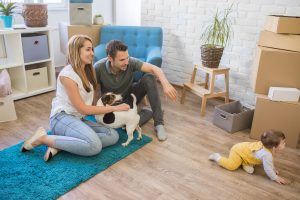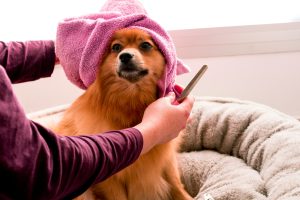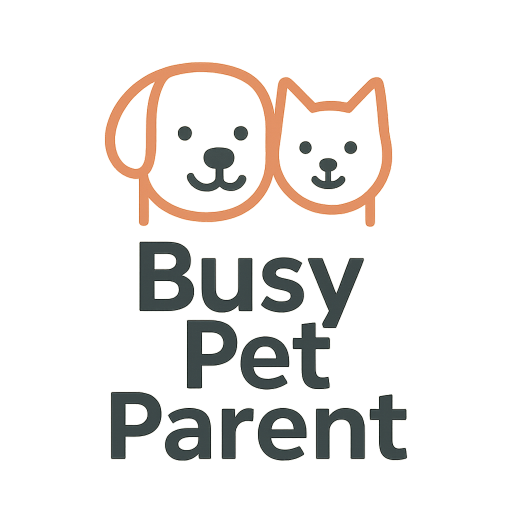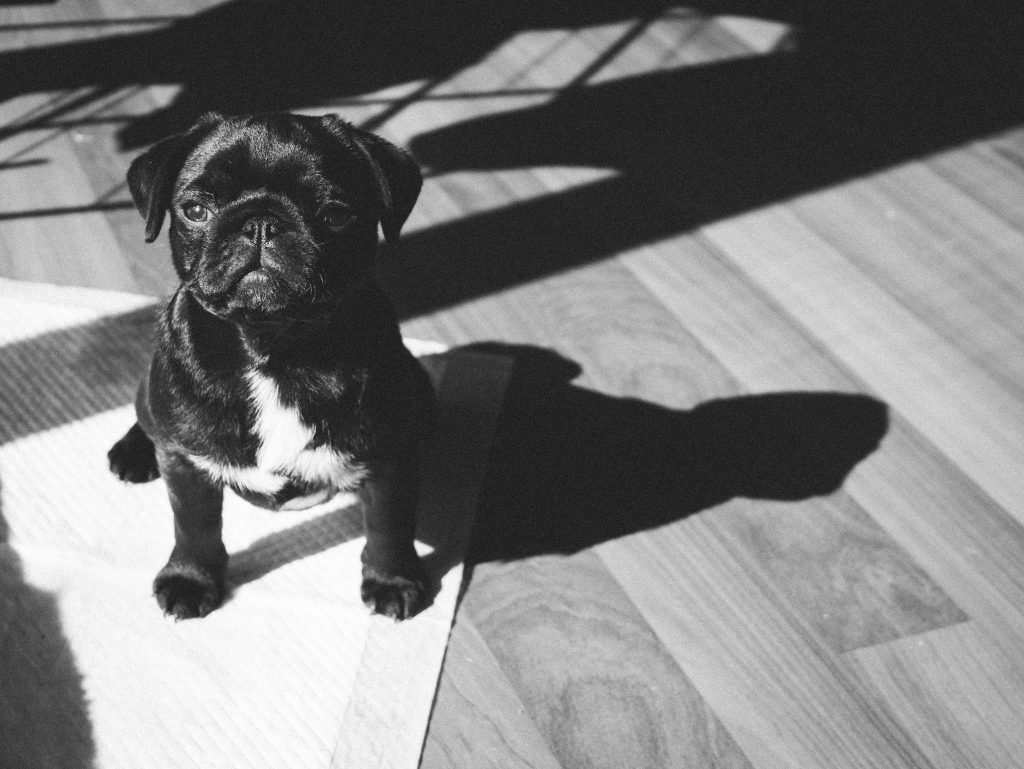
Potty Training Tips for Apartment Dogs (Even Without a Backyard)
Living in an apartment doesn’t mean potty training your dog has to be an uphill battle. With a little creativity and consistency, even dogs without a backyard can become perfectly house-trained. Whether you’re bringing home a new puppy, adopting a rescue, or just trying to fix a few potty mishaps, these tips will help you navigate the process smoothly — and without ruining your floors or your sanity.
1. Establish a Predictable Routine
Dogs thrive on routine, especially when it comes to potty habits. Take your dog out first thing in the morning, after meals, after play sessions, and right before bed. If you live in a high-rise, plan ahead for elevator time. Set timers on your phone if needed — consistency builds trust and results.
2. Use a Designated Indoor Potty Spot (if needed)
During training, it’s not always practical to run down flights of stairs multiple times per hour. In those cases, a designated potty spot inside — like a real grass pad, puppy pads, or turf tray — can save the day. Place it in a consistent, low-traffic location, and treat it like an outdoor bathroom: praise and reward for using it.
3. Praise Immediately — Timing Is Everything
As soon as your dog finishes going potty in the right spot, give lots of praise, a treat, or even a short play session. Immediate positive reinforcement is crucial. If you wait until you're back indoors, the connection between action and reward is lost.
4. Learn Your Dog’s Signals
Every dog shows potty signals differently — pacing, sniffing, whining, or heading to the door. Observe your dog closely and learn their language. The faster you can act on those cues, the fewer accidents you’ll face.
5. Crate Training Helps (When Done Right)
A properly sized crate encourages your dog to “hold it” when unsupervised, since dogs don’t like to soil their sleeping area. Just make sure not to overuse the crate, and always pair it with scheduled potty breaks. Never use it for punishment — it should feel like a cozy den.
6. Clean Accidents Thoroughly (and Calmly)
Even the best-trained dogs have an off day. When accidents happen, use an enzymatic cleaner to fully remove scent markers, which can attract repeat offenses. Don’t scold your dog after the fact — they won’t connect the dots. Focus on future prevention instead.
7. Stick With It — Apartment Dogs Can Learn Too
Don’t let setbacks discourage you. Potty training takes time, and apartment life adds complexity. Be patient, keep showing up, and trust the process. Every successful potty break is one step closer to freedom from indoor accidents.
Apartment life doesn’t have to mean potty training chaos. With patience, structure, and the right setup, your dog can become just as reliably house-trained as one with a backyard. Stay consistent, stay calm, and celebrate the small wins — because they add up to big success over time.
Frequently Asked Questions
Ideally, every 2–4 hours for puppies and 4–6 hours for adult dogs. After meals, naps, and play, always offer a chance to go out.
They’re helpful during training or for senior dogs, but not ideal long-term. They can confuse dogs if your goal is outdoor-only potty habits.
Try using a familiar scent (like a paper towel dabbed with previous urine), reward generously, and keep the area clean but inviting. Patience and gentle encouragement help.
Yes — it’s often even more effective in small spaces because it provides a structured place for rest. Just make sure the crate is sized right and used responsibly.
🐾 Curious about what’s really best to feed your dog? With so many pet food choices on the market, it’s easy to feel overwhelmed. For science-backed guidance on balanced nutrition, ingredient safety, and common feeding myths, check out this helpful overview from Tufts University’s veterinary nutrition experts: Petfoodology by Tufts.
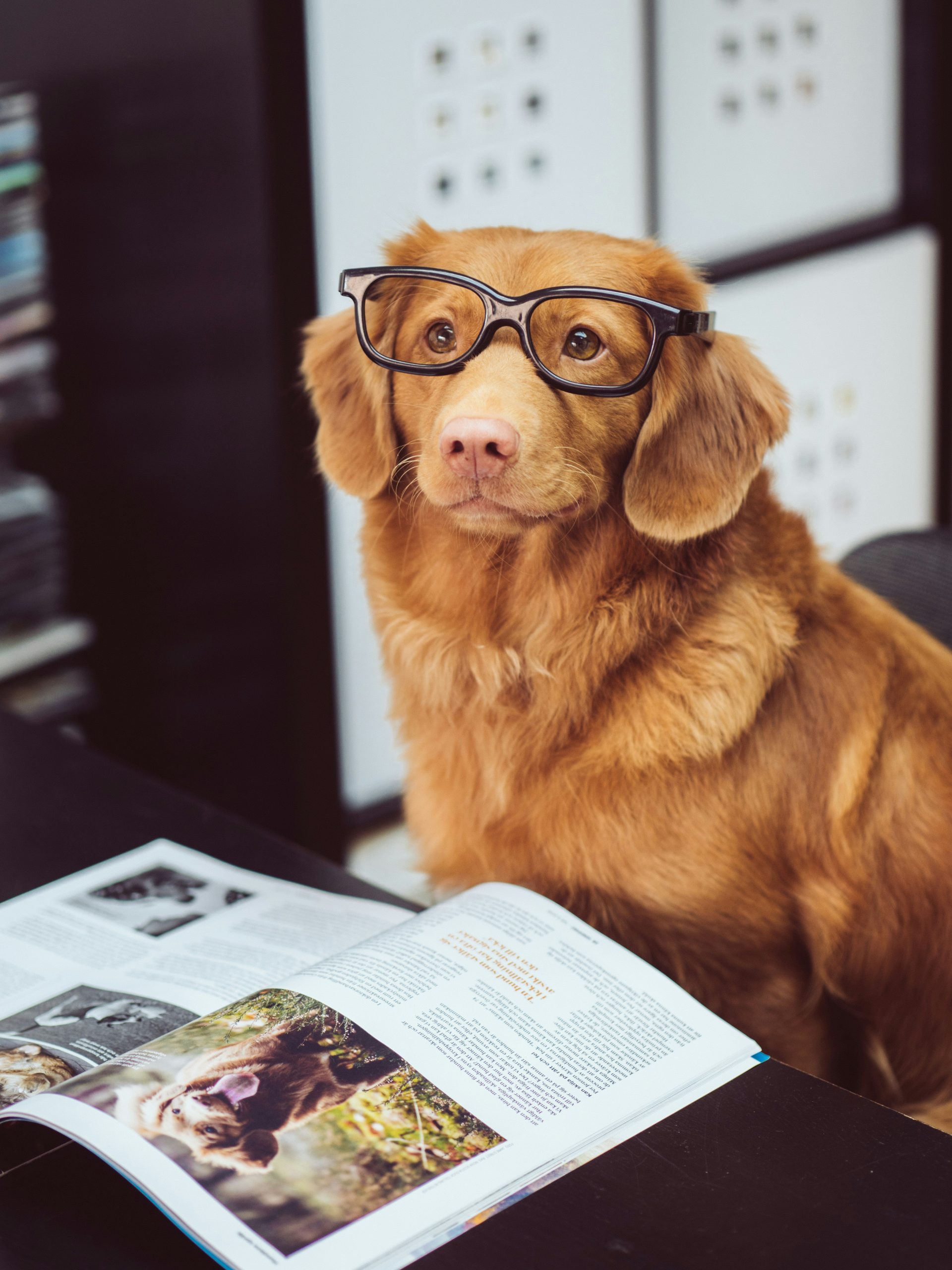
Join the Busy Pet Parent Newsletter!
Get easy routines, time-saving tips, and the latest gear reviews—delivered straight to your inbox.
Perfect for busy pet owners, apartment dwellers, and anyone who wants a happy, healthy companion (without the stress).
Exclusive guides & checklists
Product recommendations & deals
No spam—unsubscribe anytime!
